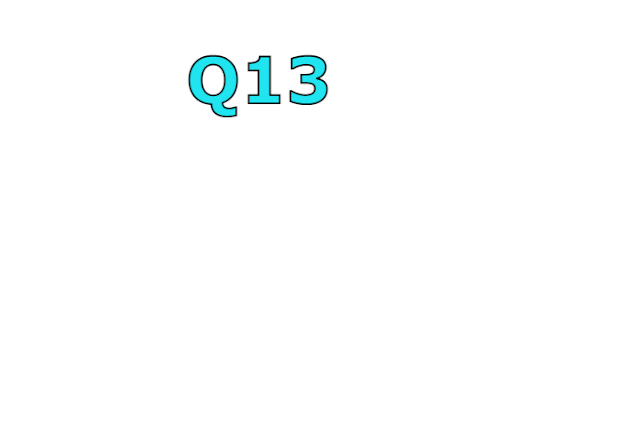PART I: CONTINUOUS MANUFACTURING OF DRUG SUBSTANCES AND DRUG PRODUCTS
1. INTRODUCTION
1.1. Objective
This guideline describes scientific and regulatory considerations for the development, implementation, operation, and lifecycle management of continuous manufacturing (CM). Building on existing ICH Quality guidelines, this guideline provides clarification on CM concepts and describes scientific approaches and regulatory considerations specific to CM of drug substances and drug products.
1.2. Scope
This guideline applies to CM of drug substances and drug products for chemical entities and therapeutic proteins. It is applicable to CM for new products (e.g., new drugs, generic drugs, biosimilars) and the conversion of batch manufacturing to CM for existing products. The principles described in this guideline may also apply to other biological/biotechnological entities. CM involves the continuous feeding of input materials into, the transformation of in-process materials within, and the concomitant removal of output materials from a manufacturing process. While this description may apply to an individual unit operation (e.g., process chromatography, tableting, perfusion cell culture), this guideline focuses on the integrated aspects of a CM system in which two or more unit operations are directly connected. In this context, any changes made in a unit operation of a CM system may have impact on downstream and upstream unit operations (e.g., back pressure resulting in forward mixing) and output material quality.
Fundamental aspects of CM that are generally not specific to technology, dosage form, or molecule type are described within the main body of this guideline. Annexes are provided to augment the main guideline by providing illustrative examples and considerations specific to certain modalities (e.g., chemical entities, therapeutic proteins), technologies, and production methods (e.g., integration of drug substance and drug product manufacturing). The examples and approaches described in these annexes are illustrative, and alternative approaches can be used. Topics that are broadly applicable to both CM and batch manufacturing are not in the scope of this guideline, and other existing ICH guidelines should be used as appropriate.
2. CM CONCEPTS
2.1. Different Modes of CM
CM can be applied to some or all unit operations in a manufacturing process. Examples of CM modes include:
• A manufacturing approach in which some unit operations operate in a batch mode while others are integrated and operate in a continuous mode
• A manufacturing approach in which all unit operations of a drug substance or drug product manufacturing process are integrated and operate in a continuous mode
• A manufacturing approach in which drug substance and drug product unit operations are integrated across the boundary between drug substance and drug product to form a single CM process (i.e., the drug substance is continuously formed and processed into the drug product through integrated unit operations) A manufacturing approach may incorporate surge lines or tanks to maintain a constant flow of material inputs and outputs in any mode of CM described above.
2.2. Batch definition
The ICH Q7 definition of a batch is applicable to all modes of CM, for both drug substances and drug products. Based on this definition, the size of a batch produced by CM can be defined in terms of one of the following:
• Quantity of output material
• Quantity of input material
• Run time at a defined mass flow rate
Other approaches to define batch size are possible, if scientifically justified based on the characteristics of the CM process and Good Manufacturing Practice.
A batch size can also be defined as a range. For example, a batch size range can be established by defining a minimum and maximum run time.
3. SCIENTIFIC APPROACHES
3.1. Control Strategy
The development of a control strategy for CM is enabled by a holistic approach, considering aspects specific to CM (discussed below), principles outlined in ICH Q7, Q8, Q10 and Q11, and quality risk management described in ICH Q9.





.JPG)







![Cleaning Validation Calculations-Maximum Allowable Carryover[MACO]](https://blogger.googleusercontent.com/img/b/R29vZ2xl/AVvXsEiGzQe3wNgJT58HARMOttesykz3va8OngShcTqWy5cOaalJxRSsMcfFzhe1UxZXWTdrCPrcXy5za2onmmI8DSJ2vgkxE7mZQot1dZkAnQ11KCcqCL59rZCtIgWyAKFCo82hiuYZyJ8N6tKIx5WeVkY8nqoB3XVTGLGYb0lSZ4VfQtd8vBJDPWLRYvz2fA/w72-h72-p-k-no-nu/HBEL.jpg)






0 Comments